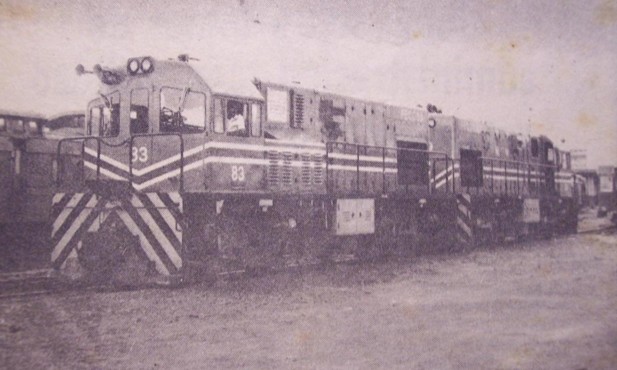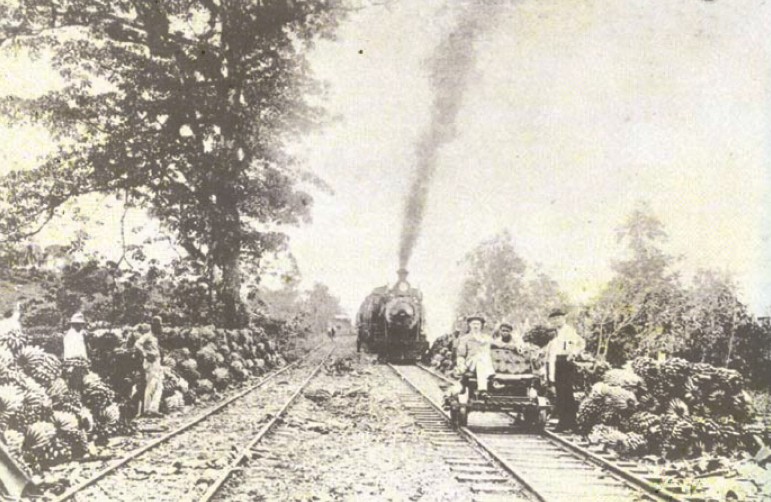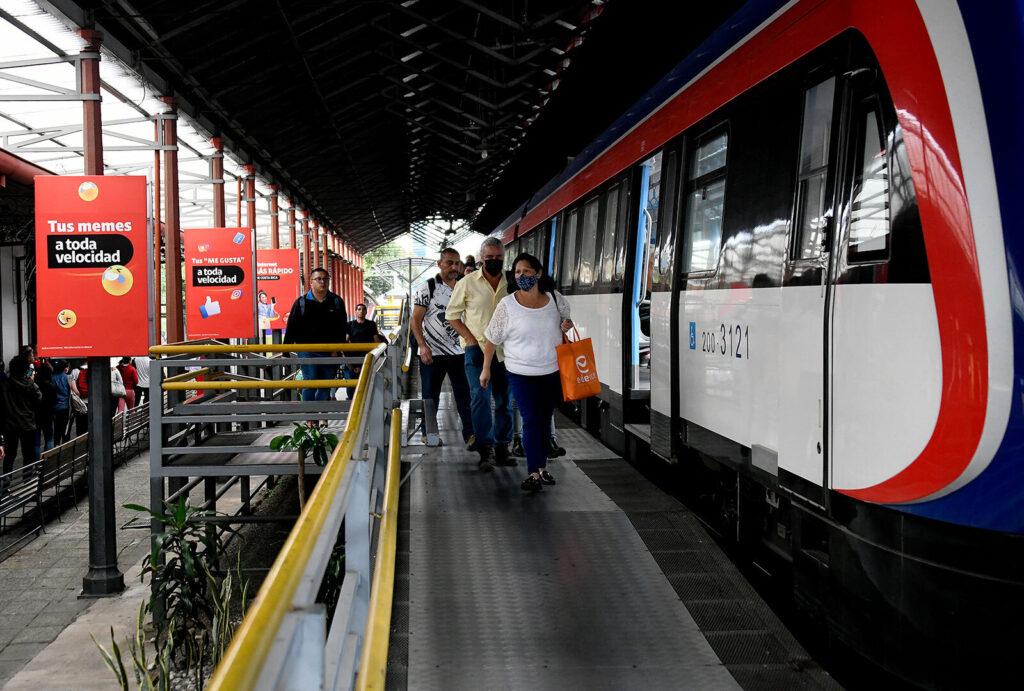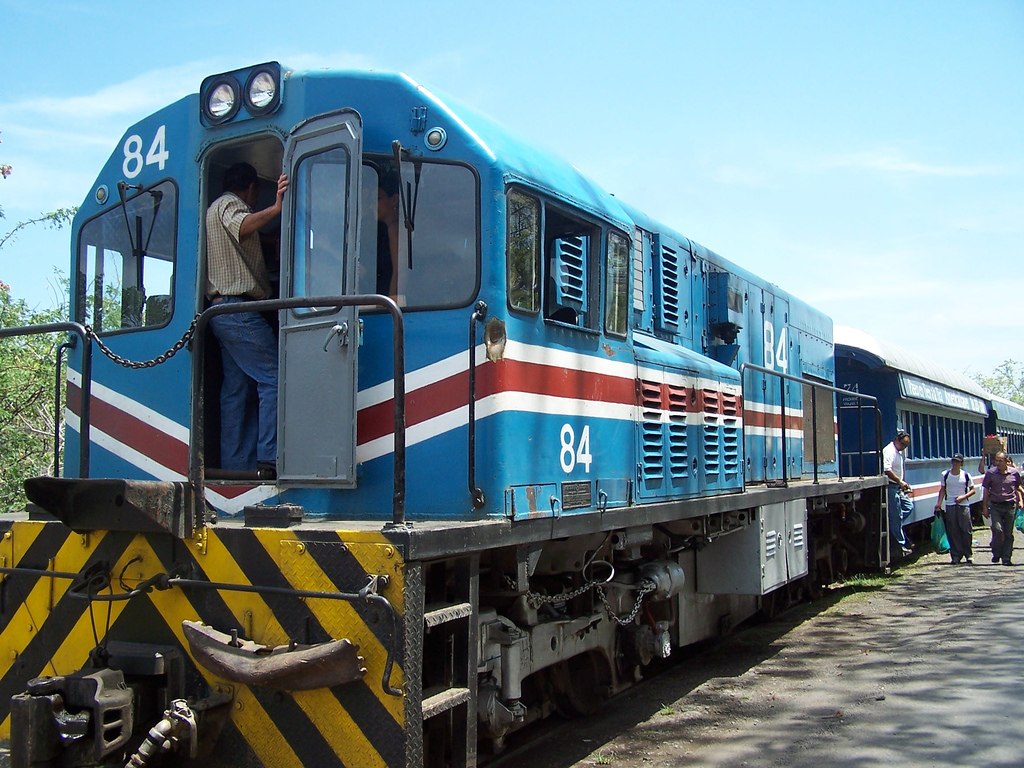INCOFER and railway culture in Costa Rica

INCOFER: guardian of railway heritage
Created under the Law No. 7001 of September 19, 1985, INCOFER is a public law institution with administrative autonomy and its own assets, responsible for preserving and developing the national railway system. However, the history of the Costa Rican railway has not been without challenges.
Between 1990 and 1995, the country faced a deep economic crisis that led to a “technical closure” of railway services, through Agreement SCD-106-95 of June 28, 1995, during the administration of President José María Figueres Olsen. It was a period of silence on the rails, with only a few workers remaining to safeguard railway assets.



Three years later, Decree No. 035 of September 9, 1998, issued by the government of Miguel Ángel Rodríguez Echeverría, marked a new beginning: the resumption of railway activity in the transport of passengers and freight, starting in the Atlantic region and gradually expanding.
The Costa Rican train
On June 7, 2016, the Legislative Assembly passed the Law for the Strengthening of INCOFER and Promotion of the Greater Metropolitan Area Interurban Electric Train, a milestone that reaffirmed the importance of rail transport in the national economy. This legislation amended Article 3 of Law 7001, establishing as its central objective the strengthening of the country’s economy through the administration of a modern passenger and freight rail system, as well as the development of related infrastructure and investment projects.



Thanks to these efforts, INCOFER has reactivated key routes such as San José–Heredia, Pavas–Curridabat, San Antonio de Belén, Cartago, and Alajuela–Heredia, in addition to the tourist service in Limón, consolidating the rebirth of the train as a symbol of sustainable mobility and cultural heritage.
Sensorial Sunsets
Navigate articles





